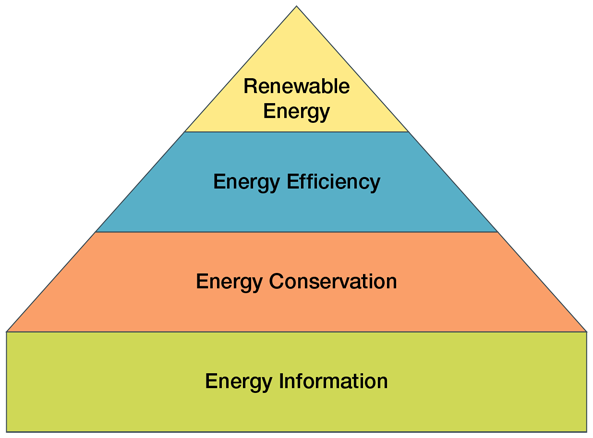What steps does a large, decentralized state government need to take to meet an energy and carbon footprint reduction mandate?
Representatives from the Commonwealth of Pennsylvania (CoPA) and the Penn State Facilities Engineering Institute (PSFEI) answered that question recently in an EnergyCAP-hosted webinar titled, “Energy Analytics for Sustainability: How a Large State Went from Zero to Hero.”
Kurt Homan, Asst. Director of PSFEI, began the presentation by explaining that, while the Commonwealth’s specific sustainability and energy use reduction objectives were outlined in the Governor’s 2019 Executive Order 2019-01, the need for centralized energy analytics was originally identified in 2016. At that time, only energy cost data was being tracked, so CoPA had very little insight into each state agency’s energy consumption or carbon footprint.
The 2019 executive order—modeled after The Paris Agreement—was Pennsylvania’s first official sustainability plan and outlined specific goals:
- Achieve a 26% reduction of net greenhouse gas emissions statewide by 2025
- Lower greenhouse gas emissions by 80% by 2050, based on 2005 levels
- Reduce energy consumption by 3% per year and 21% overall by 2025, based on a 2017 weather-normalized baseline
The sustainability program was organized under the Department of General Services (DGS), which began to research options for a centralized management system. After considering Portfolio Manager and other energy data management and reporting options, DGS determined that, per Kurt, “Very few systems out there offer the extensive capability of EnergyCAP.” EnergyCAP now serves as the foundation of the Commonwealth’s sustainability and energy conservation program, providing the analytics required to identify savings opportunities and document successes.

Mark Hand, Director of CoPA’s GreenGov Council, stated that state agencies are asked to “lead by example,” when it comes to sustainability and energy conservation. He outlined that EnergyCAP provides a level of data transparency that leads to accountability. Data transparency has also enabled the team to find billing issues resulting in substantial refunds and savings opportunities, several of which were highlighted by Gwendy Bilger, PSFEI Energy Data Analyst:
- Identified incorrect natural gas bills: $200,000 refund
- Found a meter multiplier error: Refund pending of up to $40,000
- Utility account incorrectly assigned to the Commonwealth: $15,000 refund
- Discovery of natural gas and electric accounts eligible for solicitation: Cost reductions of over $630,000
Access to a comprehensive centralized energy database and increased accountability has helped the state reduce energy consumption by 6.2% over the program’s first two years.
GSA’s Energy Commodity Manager, Gregory Knerr, shed light on some of the lessons his team has learned to this point:
- Centralized support is critical to the implementation of an energy management information system (EMIS).
- Have a dedicated data analyst to assist internal customers.
- Organizing data in a logical hierarchical format is advantageous.
- Implement a standardized account and meter naming convention.
- Expect the unknown.
We greatly appreciate the CoPA and PSFEI teams’ willingness to share their story via the webinar. I invite you to watch the webinar to get the full story of how CoPA has become a sustainability hero and serves as a model for other large organizations looking to reduce their energy consumption and carbon footprint.
 Best-in-class portfolio-level energy and utility bill data management and reporting.
Best-in-class portfolio-level energy and utility bill data management and reporting.
 Real-time energy and sustainability analytics for high-performance, net-zero buildings.
Real-time energy and sustainability analytics for high-performance, net-zero buildings.
 A holistic view of financial-grade scope 1, 2, and 3 carbon emissions data across your entire business.
A holistic view of financial-grade scope 1, 2, and 3 carbon emissions data across your entire business.
 Energy and sustainability benchmarking compliance software designed for utilities.
Energy and sustainability benchmarking compliance software designed for utilities.



